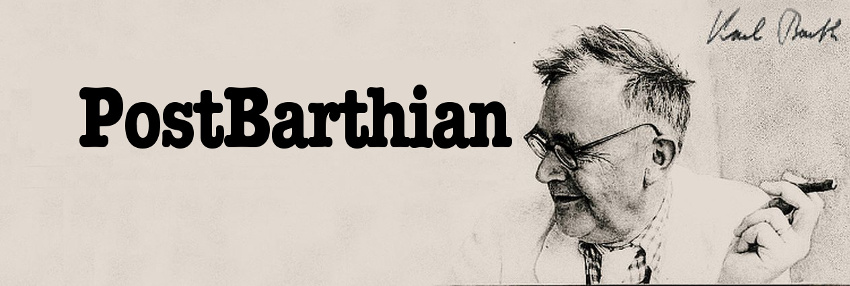 I'm currently reading The Resurrection of the Son of God (Christian Origins and the Question of God, Vol. 3) by N.T. Wright. It was recommend by D.A. Carson for a scholarly analysis of Resurrection. I'm half way through this excellent book and it's so good that I'm going to change my moniker to "W.G. Houtz"!
I'm currently reading The Resurrection of the Son of God (Christian Origins and the Question of God, Vol. 3) by N.T. Wright. It was recommend by D.A. Carson for a scholarly analysis of Resurrection. I'm half way through this excellent book and it's so good that I'm going to change my moniker to "W.G. Houtz"!
Rather than jumping into the resurrection accounts in the gospels, N.T. Wright begins by studying Resurrection in Homer (the pagan Old Testament.) What did resurrection mean before Plato? What were the resurrection beliefs of the Egyptians and pagan religions outside of the bible? He studies these concepts in depth and defines what people believed happened after death and what they believed about resurrection. Also, N.T. Wright studies the dying-and-raising gods that were bound to harvest, and all the alleged origins of Christian resurrection. Some gods did die and were reborn but not in the same way as Christians believe resurrection will occur and no humans were resurrected. All humans who died, perished or ended up in a confused, semi-spiritual, disembodied existence in a land far away. Odysseus's journey to the land of the dead and Hercules' ascension are studied in depth. There's no example of a human returning permanently to a bodily life after death. After the Greek Mythology of Homer, then Plato is studied with the background of Homer. How was Plato different than Homer? Plato's concept of the immortal soul is explained and contrasted against Christian resurrection.
The amazing conclusion is that outside of Christianity, no one believed in a return to bodily existence after death. N.T. Wright calls this "life after life after death." Even Plato's view of the eternal soul is distinctly different than bodily resurrection. The implications is that Christianity in no way evolved from adopting pagan beliefs but was completely novel to the first century.
Even more interesting is N.T. Wright's study of resurrection in Judaism. Does the Mosaic Law promise resurrection? He considers all the verses in the Mosaic Law (Genesis through Deuteronomy) that may be interpreted as promising "resurrection." The Hebrew behind Deuteronomy 32:39's "I kill and I make alive" suggests that the "make alive" implies "resurrection."
Deuteronomy 32:39
See now that I, even I, am he,
and there is no god beside me;
I kill and I make alive;
I wound and I heal;
and there is none that can deliver out of my hand.
Numbers 18:28
So you shall also present a contribution to the Lord from all your tithes, which you receive from the people of Israel. And from it you shall give the Lord's contribution to Aaron the priest.
Also the Hebrew words behind Numbers 18:28 suggest that Aaron is still alive because he is actively receiving tithes forever. Jesus makes a similar argument in response to the Sadducees in Matthew 22:23-33 by implying that since God is the God of the living only, then therefore Abraham, Isaac and Jacob are still alive today.
N.T. Wright makes the acute observation that the Sadducees were the conservatives and the Pharisees were the liberals, because the Sadducees stuck to a ridged interpretation of the Law that lead them to denying the resurrection. N.T. Wright suggests that belief in a resurrection of the righteous didn't develop until Second-Temple Judaism; specifically Daniel 12:2 And many of those who sleep in the dust of the earth shall awake, some to everlasting life, and some to shame and everlasting contempt. Various verses in Hosea 12, Isaiah and especially Ezekiel 37 were embraced by the Pharisees as proof texts for a limited resurrection of the righteous only. The Sadducees resisted these doctrines because there are no clear verses that teach "bodily resurrection" in the Mosaic Law. So the question of whether bodily-resurrection existed in the Mosaic Law is covered in depth by N.T. Wright.
Paul is N.T. Wright's expertise and his New Perspective on Paul is unavoidable during his deep exegesis of 1 Corinthians 15 and 2 Corinthians 4 & 5. (See my previous review of N.T. Wright's book, Paul: In fresh perspective) Never-the-less, Wright's methods for unpacking the Corinthian correspondence is highly revealing and productive! Especially considering the myriad of interpretations of 1 Corinthians 15 alone. I am now done with Paul and reading N.T. Wright's explanation of the resurrection in the synoptic gospels. Although 300 pages still remain, I already give this book a highly recommended stamp of approval! Put a copy on reserve at your local library today!



Leave a comment